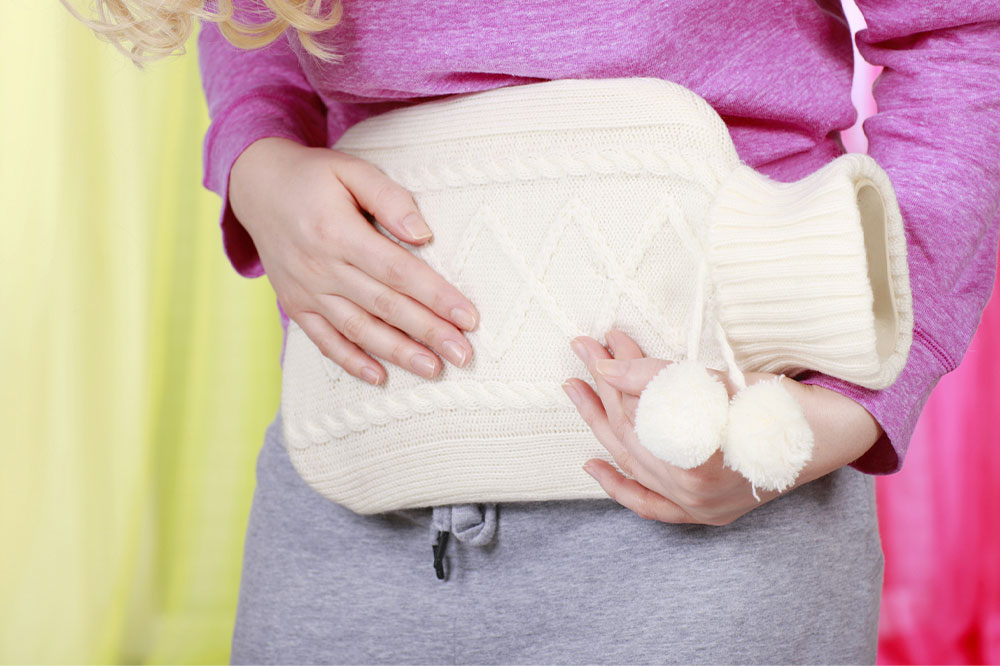
Heat cramps – Signs, causes, management, and prevention
Heat cramps are involuntary, painful muscle spasms that occur when performing heavy exercises in hot environments or due to electrolyte and fluid loss. These spasms are more prolonged and intense than typical nighttime leg cramps. The muscles commonly affected by heat cramps include those of the arms, calves, back, and abdominal wall, but they can occur in any muscle group used during exercise. Scroll down to learn more about heat cramps.
Symptoms
One can tell they have a heat cramp if they feel a specific muscle harden and tighten and experience pain ranging from mild to severe. The following discomforts might accompany this feeling:
- Weakness
- Tiredness
- Vomiting
- Nausea
- Heavy sweating
- Dizziness
- Clammy skin
Since heat cramps are involuntary, one cannot control the muscle as it spasms.
Causes
Heat, activity, and illness are the primary triggers of heat cramps. Let us take a closer look at the condition’s causes:
- Dehydration
Fluid is a necessary blood component that helps transport nutrients across the body and control body temperature. Loos of fluids due to dehydration can lead to heat cramps. Dehydration is caused by sweating excessively, not drinking adequate fluids, running a high fever, vomiting, having diarrhea, and engaging in intense activity in the heat. - Performing outdoor jobs and exercises
Physical exertion, labor, or intensive exercise can also cause excessive fluid loss and sweating, leading to heat cramps. The problem is more likely when exercising outdoors in hot weather, but it can also occur in winter. When it is cold outside, people wear multiple layers of clothing. This prevents sweat from evaporating and cooling the skin, causing overheating. Moreover, one cannot access fluids or water outdoors, making rehydrating challenging. - High temperatures and humidity
One does not need to be in the sun to experience high humidity and hot weather. People can get severely dehydrated and overheated indoors as well. For instance, when a person sits in a room with poor air circulation, the body’s internal temperature may surge to dangerous levels, leading to a heat cramp. - Age
Adults over 60 and children are more susceptible to heat cramps, dehydration, and heat illnesses than others. These conditions are also more challenging to manage in the said age groups.
Treatment and management
It is usually easy to manage heat cramps at home. Some popular treatments and remedies include:
- Resting in a cool place
Individuals struggling with heat cramps must look for a cool place indoors and sit down, especially during the summer when the temperature is too high. The symptoms will subside automatically when a person stops extensive physical work or exercise and rests. One should not restart the activity till the cramps go away completely. - Hydration
Individuals must drink plenty of water and fruit juices to replenish electrolytes. Eating magnesium or potassium-rich foods, such as avocadoes, legumes, beans, sweet potatoes, and bananas, can also help. - Lifting the legs to improve blood circulation
One of the best ways to relieve leg cramps is to ensure the legs receive sufficient blood supply. Lifting the legs ensures proper blood flow to the region. - Massaging and stretching the muscles
Basic massaging and stretching can effectively alleviate involuntary muscle contractions and mitigate discomfort in most cases. One may softly and gradually massage or stretch the tense muscles. Doing this regularly can also help avoid new cramps from developing.
Prevention tips
Here are some strategies that can help prevent heat cramps:
- Staying hydrated at all times by drinking lots of fluids and water.
- Drinking fluids before, after, and during strenuous activity.
- Eating foods with electrolytes, especially before working out outdoors in hot weather.
- Avoiding intensive outdoor workouts during the hottest times of the day.
- Eliminating or avoid dehydrating beverages like tea and coffee.
Individuals who do not have air conditioning at home may make the most of the cooling centers in their neighborhood. Moreover, those at high risk of heat cramps and living alone should ask a city official or neighbor to check on them occasionally.




